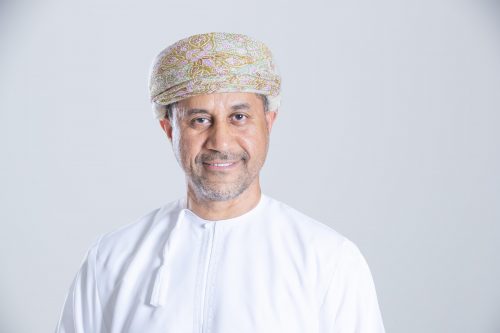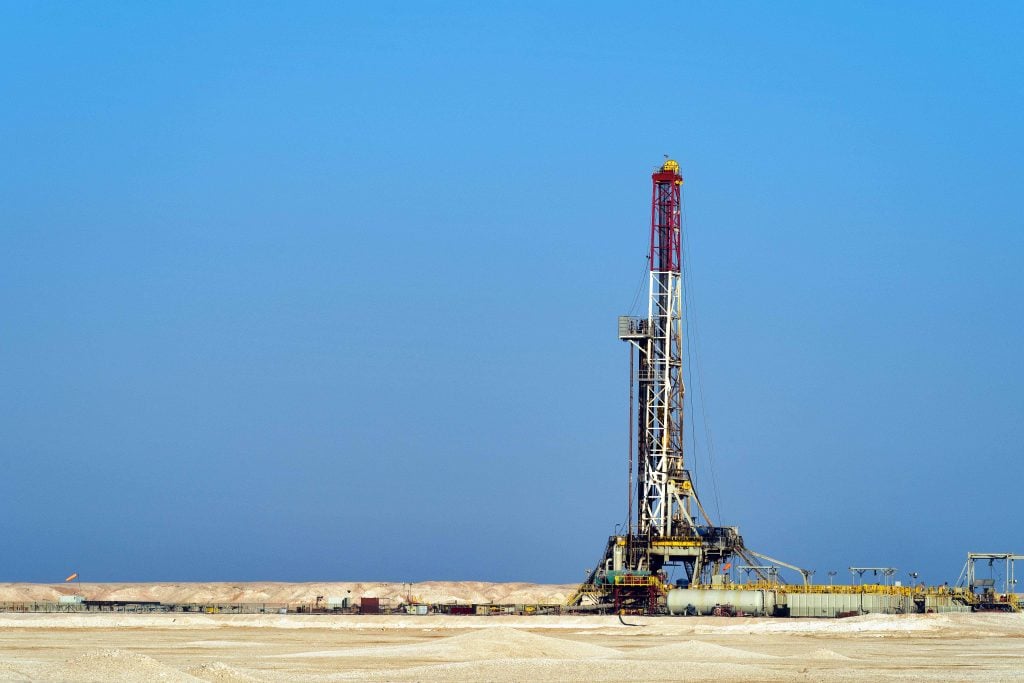The Sultanate of Oman’s production of crude oil and condensate exceeded the barrier of one million barrels per day, during last February.
Recent data showed that the Sultanate of Oman’s production of crude oil and condensate, during the month of February, amounted to 29.7 million barrels, at a rate of 1.06 million barrels per day.
The Sultanate of Oman’s oil production maintained the same production rates compared to January 2023, confirming the commitment of the Sultanate of Oman with the OPEC + alliance to reduce production, and to bridge the gap between supply and demand.
It is noteworthy that the Sultanate of Oman’s share of crude oil production, according to the OPEC + agreement, is about 0.841 million barrels per day.
Omani oil exports
In February, the total quantities of Omani crude oil exported abroad amounted to 23.67 million barrels, at a rate of 845,000 barrels per day.
Omani exports increased by 0.6% compared to January 2023 when calculating the daily rate.
The Director General of the Directorate General of Exploration and Production at the Ministry of Energy and Minerals, Saleh bin Ali Al-Anbouri, stated that the average price of Oman oil futures on the DME rose by 1.6% in February 2023 compared to January 2023.
And he indicated that the average price of a barrel of Omani oil for delivery next April amounted to 82.23 dollars, an increase of 1.31 dollars, compared to the price for delivery in the current month of March.
The trading price of a barrel of Omani oil ranged between $78.31 and $85.19 per barrel, according to the data seen by the specialized energy platform.
Al-Anbouri indicated that the rise is due to several reasons. The most important of them: the continued recovery of demand for crude oil in China after lifting the restrictions imposed as a result of the Corona pandemic, and Russia’s announcement of plans to reduce production by 500 thousand barrels per day, which reflects its inability to sell all of its oil, and the disruption of crude oil flows from the Turkish port of Ceyhan due to the devastating earthquake.
Omani gas production
Al-Anbouri said that the average production of the Sultanate of Oman of natural gas, in February, amounted to 140.5 million cubic meters per day, while the Sultanate’s exports of liquefied natural gas in the same month amounted to 999.3 thousand metric tons, with 15 shipments.
He added that the Sultanate of Oman’s exports of natural gas liquids amounted to 16.3 thousand metric tons, in 3 shipments.
He pointed out that the average daily consumption of natural gas for power generation and water desalination plants, industrial zones, industrial projects and oil fields amounted, last February, to about 143.4 million cubic meters.
He explained that the Sultanate’s average production of liquefied oil gas in February amounted to 2,754 metric tons, and the average exports in the same month were 1,115 metric tons per day.

New achievements
On the other hand, the Director General of the Directorate General of Exploration and Production at the Ministry of Energy and Minerals stated that the oil and gas sector has witnessed the completion of many projects since the beginning of this year.
The achievements were represented in the Ministry’s announcement of offering 3 oil and gas concession areas for local and international oil and gas companies, as part of the Ministry’s plan to promote the concession areas offered for investment during the current year.
It included Concession Area 15, which is located in the north of the Sultanate of Oman in Al Dhahirah Governorate, Concession Area 36 on the southeastern edge of the Empty Quarter Basin, and Concession Area 54 on the eastern edge of the Salt Basin in southern Oman.
The offering comes in implementation of oil and gas exploration plans and programs to support oil and gas reserves in the Sultanate of Oman.
A field of congratulations and a rug
Al-Anbouri said that the start of gas and condensate production from the Mabrouk field in Concession No. 10 will enhance gas reserves in the Sultanate of Oman, which is one of the factors that will contribute to achieving economic growth in the energy sector, and will also have a role in feeding local industries and facilities. Exporting liquefied gas.
By mid-2024, the field’s production is expected to reach more than 0.5 billion cubic feet per day, according to data seen by the energy platform.
He added that the opening of the Bsat oil field with a production capacity of 60,000 barrels per day; It will contribute to raising the OQ Group’s share of the Sultanate of Oman’s total oil production to 220 thousand barrels of oil equivalent per day, which represents about 13% of the upper part’s contribution to the gross domestic product.

And he indicated that the launch of the Rima water treatment plant at a cost of 87 million Omani riyals ($ 225.98 million) on an area of 25 square kilometers, and this is the second project for PDO, based on nature that uses the technology of separating water from oil based on gravity and natural biological treatment. For water, its importance lies in finding an environmentally friendly solution to get rid of the water associated with oil production. The processing capacity of this station is about 375 thousand barrels per day. This reduces energy consumption by 10 gigawatts and reduces gas emissions by 48,000 tons annually.
He pointed out that the launch of the electronic platform for gas requests for local industrial projects will allow receiving requests for the purchase and allocation of natural gas from new investors and existing consumers for industrial use. To the ability to send feedback and receive responses and updates.
related topics..
Also read..

Leave a Reply